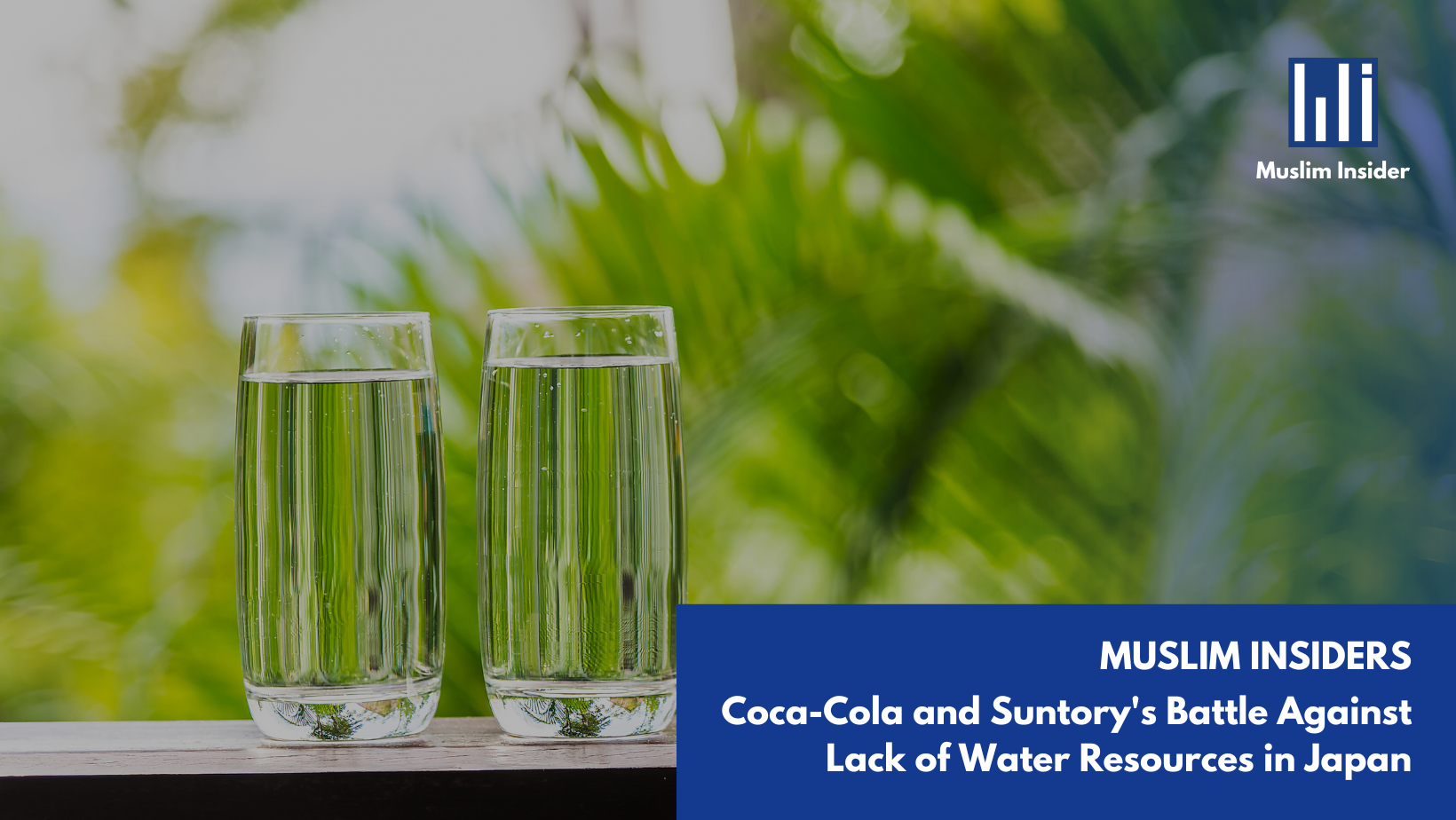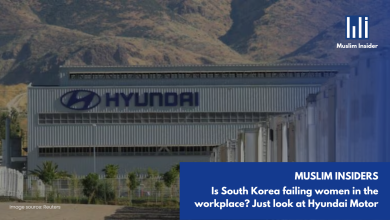

Coca-Cola’s Japanese arm and Suntory Holdings, two of Japan’s biggest beverage makers, are moving to make efforts to conserve against water scarcity, lack of fresh water resources to meet the standard water demand, which is a growing risk for businesses.
They work together with two localities to raise the water percentage or the amount of water, in the area surrounding the Tama bottling plant located in Tokyo. Coca-Cola Bottlers Japan has operated a plant that is located in an urban area. However, there are hardly any soil or trees to help replenish the groundwater in the area. Due to this, the watershed area located near the plant has suffered.
The Coca-Cola group also makes an effort with Tabayama, a village in Yamanashi prefecture, to thin out woodland in areas covering roughly 80 hectares that are particularly dense with trees to help with restoring forests efforts. Their other effort is to help turn idle rice fields into arable land and plant trees in a designated conservation area, located in Hachioji, a city in western Tokyo. Other than that, they and five local bottlers wanted to target a 100% water replacement rate, which was only achieved by the Tama plant among the 21 Coca-Cola facilities in Japan.
Meanwhile, Suntory, has expanded its water and nature education program to the U.K. and New Zealand, targeting grade-school children and visitors to Suntory plants. The program, initially launched in Japan in 2004 and extended to Vietnam in 2015, is now active in eight countries.
In New Zealand, Suntory has partnered with a local nonprofit to teach students about the water cycle and pollution prevention, with around 3,000 participants expected this year. Suntory has committed to achieving a water replacement rate exceeding 100% at half of its global manufacturing plants by 2030. Water insecurity is a growing concern due to population growth and climate change, with only 0.01% of global water suitable for human use.
The World Meteorological Organization predicts that by mid-century, approximately 5 billion people will have insufficient access to water for at least one month a year.




